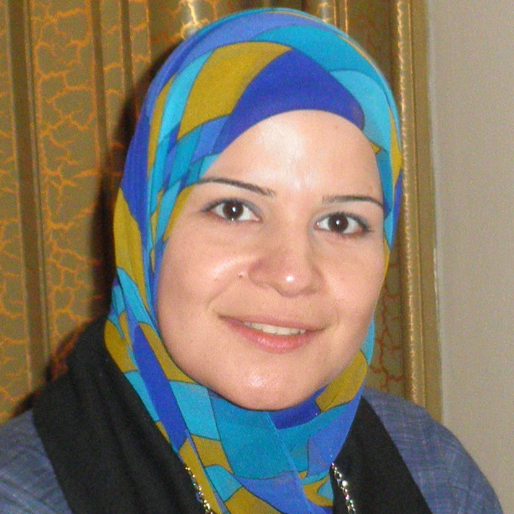International Journal of Information Technology and Computer Science (IJITCS)
IJITCS Vol. 4, No. 12, 8 Nov. 2012
Cover page and Table of Contents: PDF (size: 1005KB)
Analysis of MC-CDMA System in Mobile Communications
Full Text (PDF, 1005KB), PP.87-94
Views: 0 Downloads: 0
Author(s)
Index Terms
MC-CDMA, PAPR, Spreading Codes, QAM, PSK, Modulation
Abstract
Wireless communication plays an important role in our daily life. One of the most important techniques which is Candidate for the fourth generation is Multicarrier Code Division Multiple Access (MC-CDMA) due to its high data rate. This research paper presents the MC-CDMA system using different modulation techniques. The variety of modulation types are depended in order to show the effects of modulation index and type on broadcasting data. The bit error rate of the system is plotted for a range of signal to noise ratio so that the effect of modulation on the MC-CDMA system will be evident. Actually, the simulation results show that QAM gives less bit error rate that makes MC-CDMA more flexible and suitable for mobile communication next generation technology. Also, the peak-to-average power (PAPR) of MC-CDMA is analyzed to show that high PAPR is the main disadvantage of MC-CDMA system then the possible solutions for this problem are discussed in this research paper.
Cite This Paper
M. F. Ghanim, M. F. L. Abdullah, "Analysis of MC-CDMA System in Mobile Communications", International Journal of Information Technology and Computer Science(IJITCS), vol.4, no.12, pp.87-94, 2012. DOI:10.5815/ijitcs.2012.12.10
Reference
[1]N. d. Figueiredo, L. P. Linde, “MC-CDMA with Blind Channel Estimation and Adaptive Reception,” Southern Africa Telecommunication Networks and Applications Conference (SATNAC) , Sep 2011, pp.224-226.
[2]C. Chang, “An Interference-Avoidance Code Assignment Strategy for the Hierarchical Two-Dimensional-Spread MC-DS-CDMA System: A Prototype of Cognitive Radio Femtocell System,” IEEE Transactions on Vehicular Technology, vol. 61, no. 1, Jan2012, pp.166-167.
[3]L. Hanzo, T. Keller, “ OFDM and MC-CDMA A Primer ," John Wiley & Sons Ltd, England, 2006, pp.211-214.
[4]K. Fazel, S. Kaiser, “Multi-Carrier and Spread Spectrum Systems,” John Wiley & Sons Ltd,2003,pp.52-55.
[5]S. Sesia, I. Toufik, M. Baker, “LTE – The UMTS Long Term Evolution from Theory to Practice,” John Wiley & Sons Ltd, 2009, pp. 122-123.
[6]M. Salah, G. Abdel-Fadeel and Z. B. Nossair, “ Peak to Average Power Ratio Reduction in Single Carrier OFDMA Systems,” 13th International Conference on Aerospace Sciences & Aviation Technology, ASAT- 13, Egypt, pp.5, May 2009.
[7]Y. Zhang, Q. Ni1, H. Chen, and Y. Song, “An Intelligent Genetic Algorithm for PAPR reduction in a Multi-Carrier CDMA Wireless System,” Wireless Communications and Mobile Computing Conference (IWCMC '08), 1052-1057, 2008.

